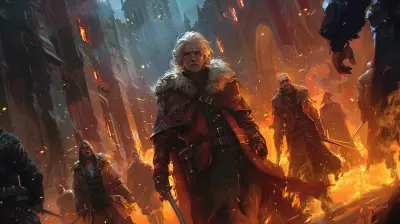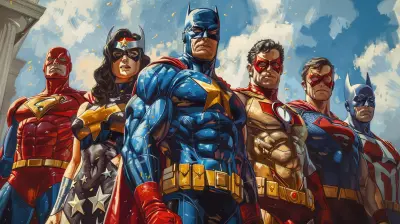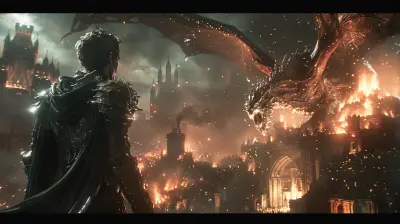How Music Shapes the Indie Gaming Experience
21 May 2025
When was the last time a game’s music gave you goosebumps? It’s a unique moment, isn’t it? That feeling when a haunting melody kicks in as you navigate a mysterious world or an upbeat track syncs perfectly with a tense boss fight. For indie games, music isn’t just background noise—it’s a key player in crafting the experience. In fact, it’s often the unsung hero that turns a good game into a masterpiece. Let’s dive into how music shapes the indie gaming experience and why it matters so much.
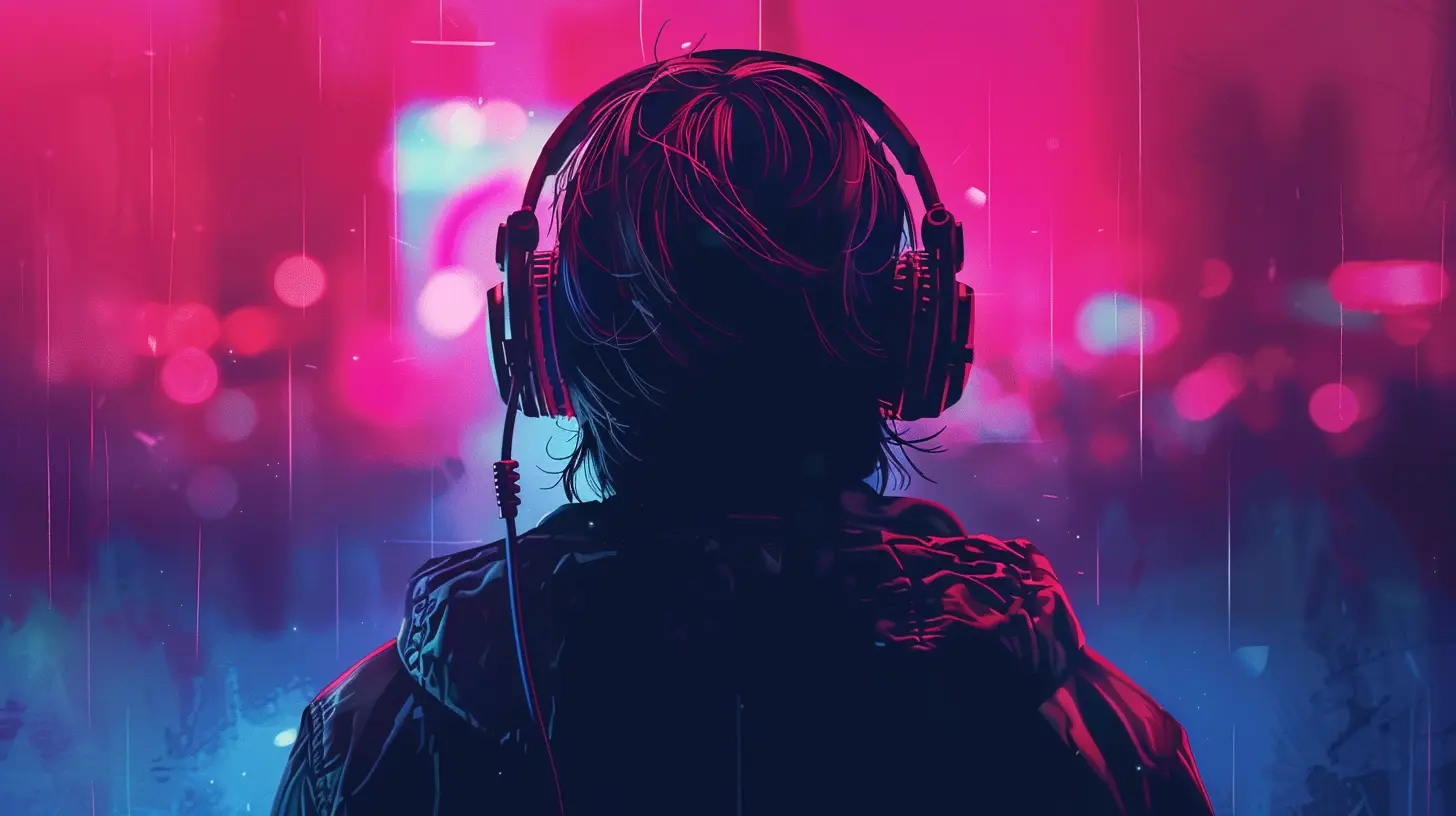
The Heart and Soul of Immersion
Let’s face it: immersion is everything in gaming. You want to feel like you’re inside the game, not just playing it. And guess what? Music is one of the biggest factors in making that happen. Think about it: would a spooky horror game still feel terrifying without eerie, bone-chilling violins scraping in the background? Probably not.Indie developers, often working with tight budgets and small teams, understand this better than anyone. They can’t rely on jaw-dropping visuals or massive marketing campaigns, so they focus on creating atmosphere. And music? It’s arguably their most potent tool for pulling you into their worlds.
Example: "Hollow Knight"
Take Hollow Knight as a prime example. Its haunting and melancholic score, composed by Christopher Larkin, makes exploring the mysterious world of Hallownest unforgettable. That soundtrack isn’t just there to sound good—it’s telling a story. Each note reflects the sorrow, danger, and beauty of the world around you. Without that music, the game wouldn’t hit as hard, plain and simple.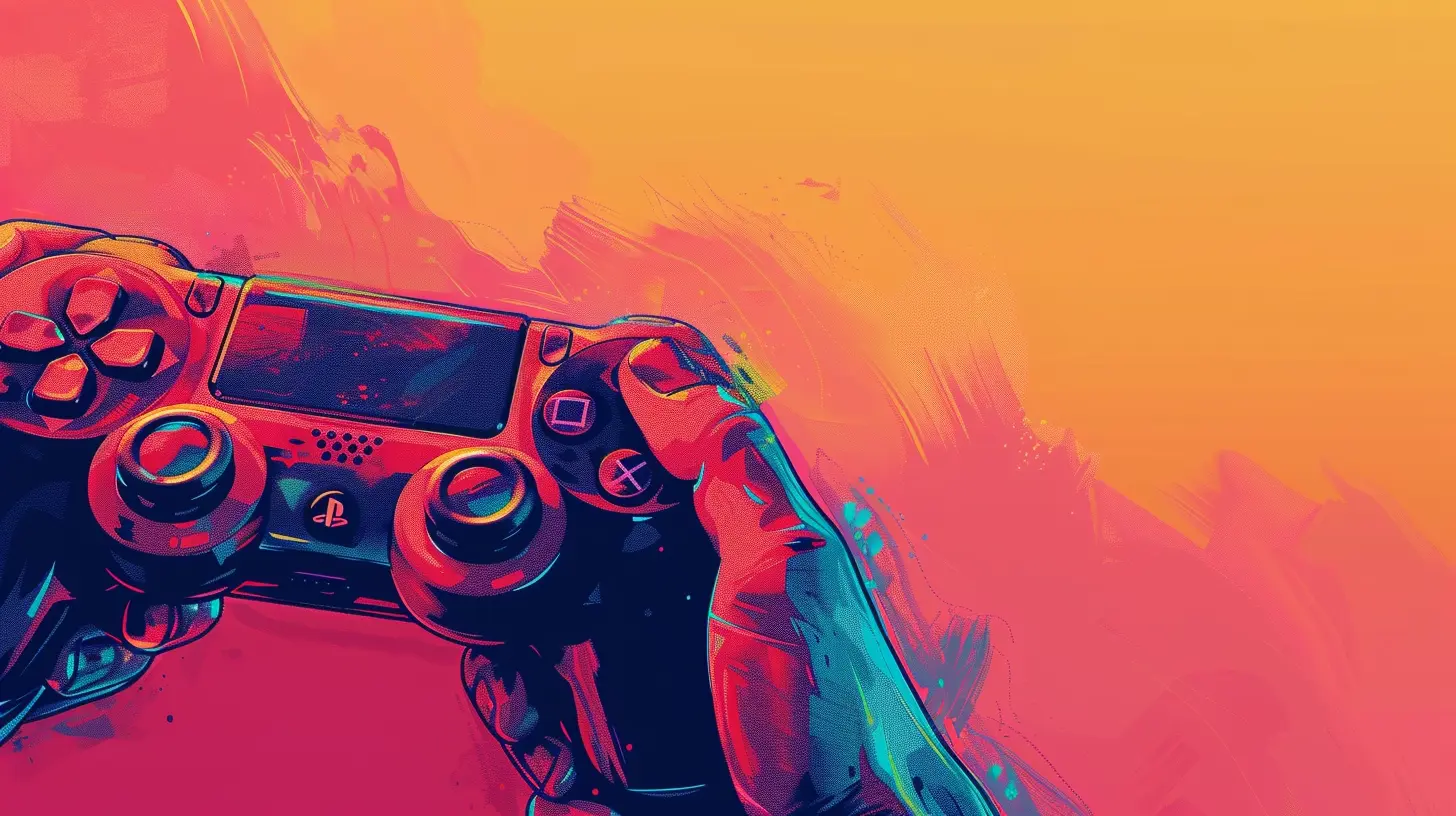
Setting the Emotional Tone
Music is like the invisible thread weaving all the emotions in a game. Whether it’s joy, fear, excitement, or sadness, the soundtrack dictates how you feel in every moment. Indie games excel in this because they aren’t afraid to experiment and take risks.Emotional Power of Minimalism
One thing you’ll notice in indie games is their love for minimalist soundtracks. Why? Because simplicity is powerful. A few piano notes can tug at your heartstrings way more than a full orchestra sometimes. For example, in Celeste, Lena Raine’s soundtrack perfectly mirrors the emotional highs and lows of climbing Mount Celeste. The music is soft and reflective when you’re struggling, but triumphant when you succeed, making every victory feel monumental.Soundtracks That Stick
How many times have you paused a game just to soak in the background music? Indie music often lingers with players long after they’ve finished the game. Think of Stardew Valley’s relaxing, nostalgic tunes—they’re comforting enough to make you crave a warm cup of cocoa every time you hear them.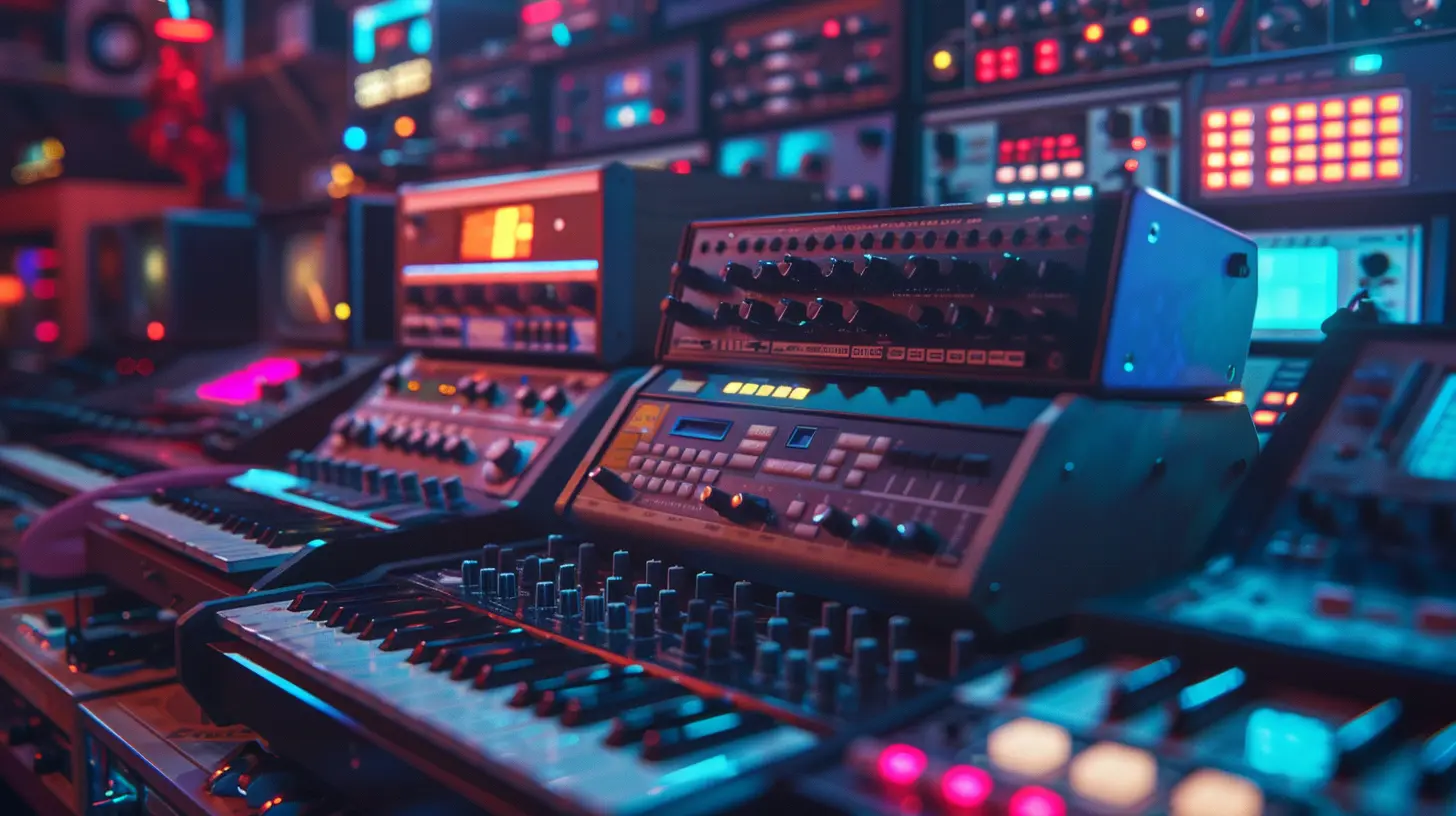
Amplifying Gameplay Mechanics
Here’s where things get really interesting: music isn’t just about emotional connection—it also enhances gameplay mechanics. The right soundtracks can sync with gameplay elements, making your actions feel more meaningful and satisfying.Rhythm-Based Indies
Some indie games take this concept a step further and build gameplay directly around music. Games like Crypt of the NecroDancer and Thumper force you to interact with the beats of the soundtrack. You’re not just hearing the music—you’re feeling it, reacting to it, and becoming part of it. It’s almost like you’re dancing on the screen (and maybe in your gaming chair too).Dynamic Scores
Dynamic music is another trick indie developers use to hook players. Ever noticed how the soundtrack shifts during combat or exploration? That’s a dynamic score at play—music that adapts to what’s happening in real-time. An example? Hades. Darren Korb’s soundtrack seamlessly transitions between ambient exploration music and high-energy battle tracks, keeping you locked into the action.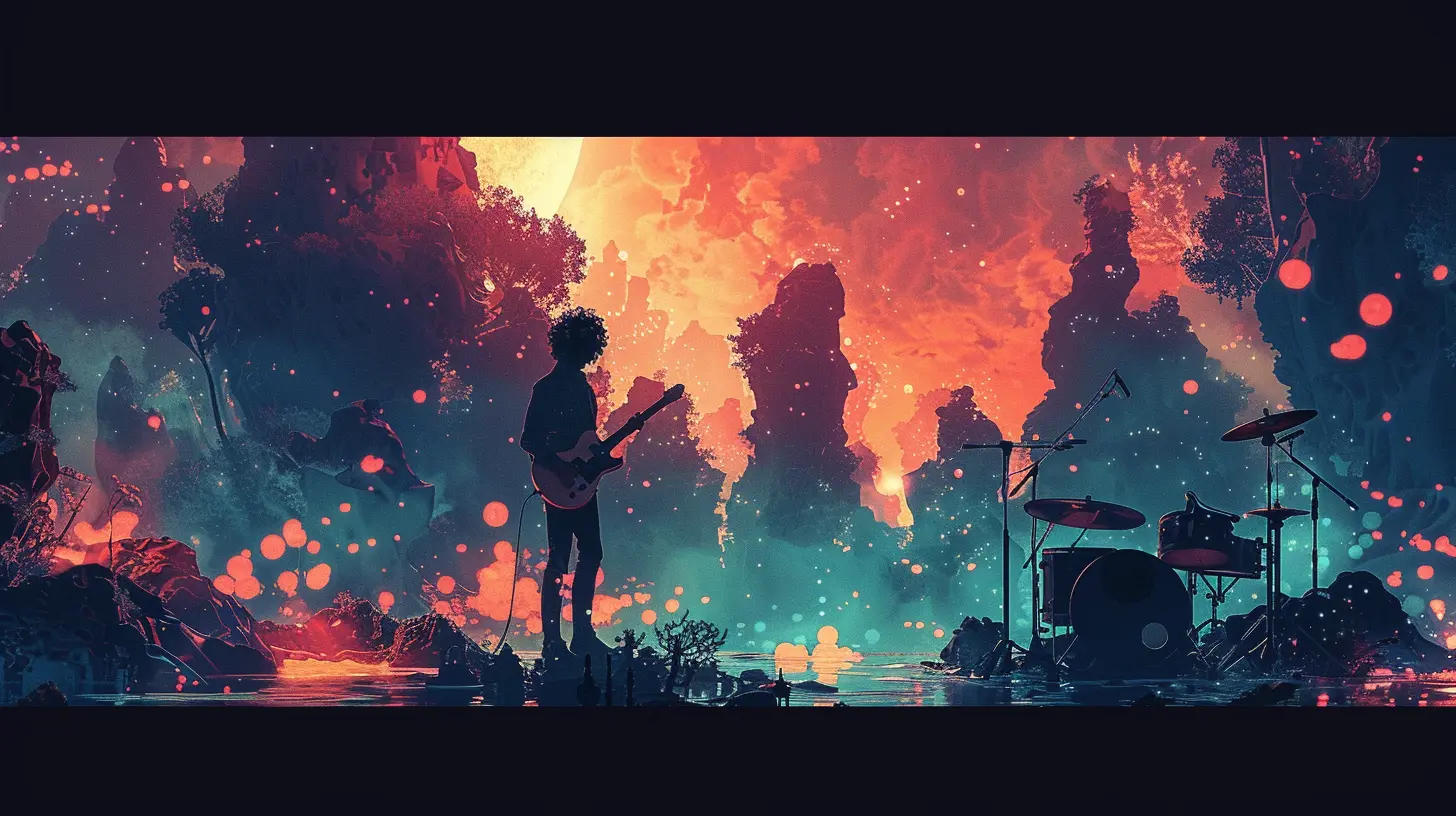
Boosting World-Building and Storytelling
Now let’s talk about world-building. A game world without music is like a pizza without cheese—something’s definitely missing. In indie games, music works hand-in-hand with visuals and storytelling to create a cohesive universe.Crafting Unique Worlds
Indie developers often use music to differentiate their worlds from anything else you’ve experienced. For instance, in Undertale, Toby Fox composed a score that feels deeply intertwined with the quirky, heartfelt story. Each character has a unique theme that matches their personality to a T, making them even more memorable.Evoking Nostalgia
Music in indie games is also a gateway to nostalgia. 8-bit and chiptune soundtracks—reminiscent of old-school gaming—are common in indie titles. Games like Shovel Knight use retro-inspired music to honor the classics while delivering something fresh and exciting. It’s like a love letter to the golden age of gaming.Why Indie Game Music Stands Out
So, what sets indie game music apart from the big-budget stuff? It’s the sheer passion behind it. Indie composers are often given more creative freedom, allowing them to push boundaries and experiment in ways mainstream studios can’t always risk. They’re not just creating tracks; they’re crafting art that’s deeply personal and brimming with personality.Community-Driven Soundtracks
In some cases, indie developers even involve their communities in shaping the music. Platforms like Kickstarter have allowed fans to contribute directly to a game’s soundtrack creation. This collaborative approach fosters a deeper connection between players and the games they love.Soundtracks Going Mainstream
It’s also worth noting how often indie game soundtracks break into the mainstream. Albums for games like Journey and Celeste are regularly played on Spotify, performed by orchestras, or even sold on vinyl. When was the last time you saw that happen for AAA games? Indie music often transcends the games themselves, becoming a cultural phenomenon.
Final Thoughts
Indie games are proof that you don’t need a billion-dollar budget to create unforgettable moments. Music is the secret weapon that brings these games to life. It immerses, moves, challenges, and connects players to the worlds on their screens. Whether it’s the melancholic hum of a piano or the adrenaline-pumping beats of a boss fight, indie game music leaves a lasting impression.So, next time you’re diving into an indie title, take a moment to really listen. Pay attention to the way the music makes you feel. Because, more often than not, it’s doing far more than just filling the silence—it’s shaping your entire gaming experience.
all images in this post were generated using AI tools
Category:
Indie GamesAuthor:

Tina Fisher
Discussion
rate this article
3 comments
Sylas Brooks
This article brilliantly highlights the transformative power of music in indie games. It showcases how soundscapes enhance emotions, deepen themes, and create memorable experiences, truly elevating the gameplay. Great read!
June 10, 2025 at 3:46 AM

Tina Fisher
Thank you for your thoughtful feedback! I'm glad you enjoyed the article and appreciate how music enhances the indie gaming experience.
Bethany Carey
In pixelated realms where dreams take flight, Melodies weave our journeys, day and night. Indie tunes pulse with heart and soul, Crafting worlds where players feel whole.
May 29, 2025 at 4:17 AM

Tina Fisher
Thank you! You beautifully capture the essence of how music enriches the indie gaming experience, creating emotional depth and immersive worlds for players.
Peter McMillan
This article insightfully explores how music enhances immersion in indie games, highlighting its emotional impact and ability to elevate storytelling in unique ways.
May 26, 2025 at 3:32 AM

Tina Fisher
Thank you for your thoughtful comment! I'm glad you found the article's exploration of music's role in enhancing immersion and storytelling in indie games insightful.
